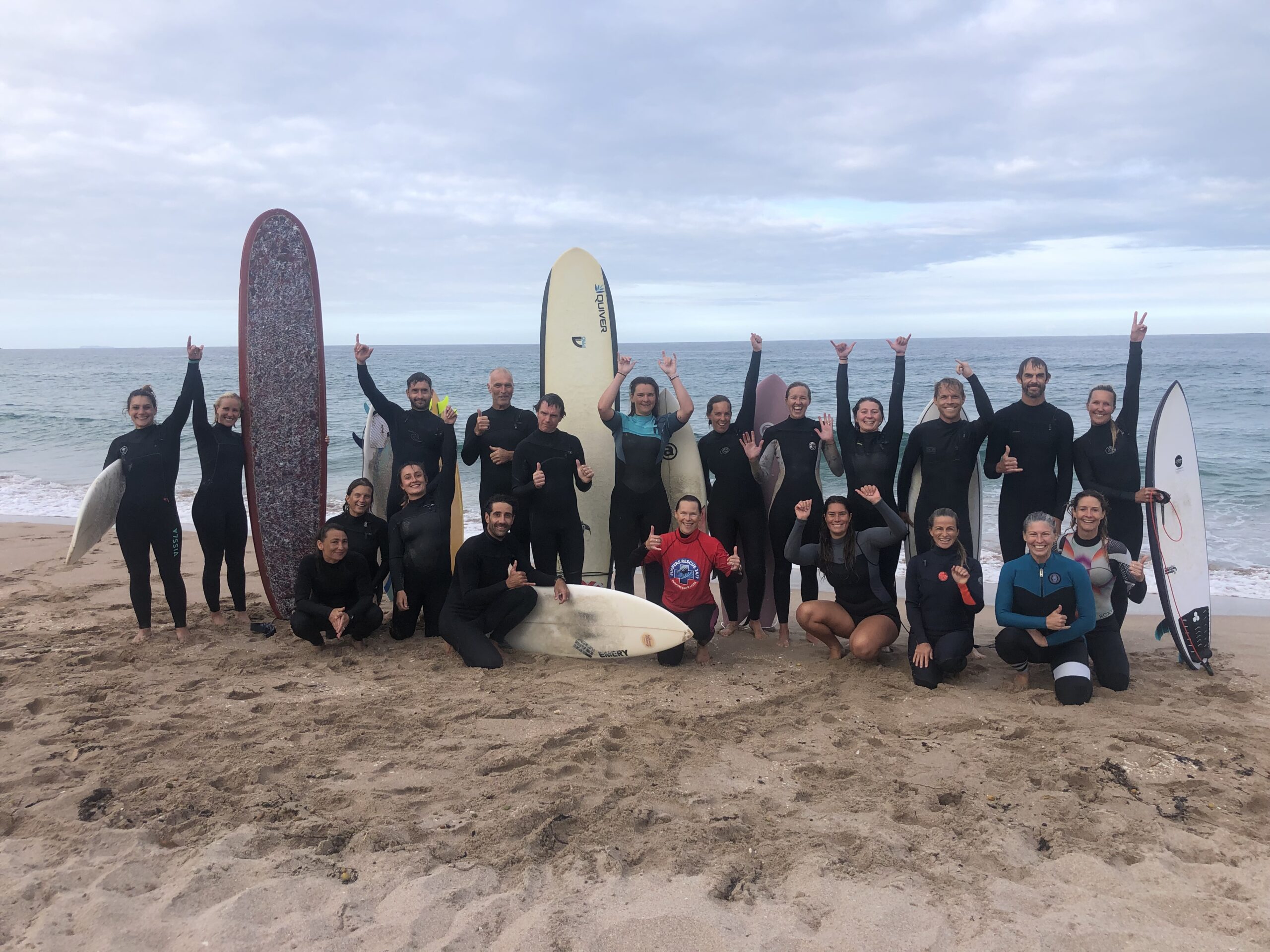
Ōtautahi – New data has highlighted the crucial role surfer’s play in conducting bystander rescues.
The research, the first of its kind in New Zealand, brings to light an astonishing reality that has remained unspoken and unreported until now.
The study, which engaged a total of 418 surfers, sheds light on rescuer and victim demographics.
The findings demonstrate this group of surfers collectively save an average of 48 lives each year, with a staggering 1274 rescues conducted in total.
The data was compiled over a year and a half by researcher Jamie Mead, in collaboration with Auckland University of Technology, Surfing New Zealand and Surf Life Saving New Zealand (SLSNZ).
Mead says they have been long been aware of the significant number of bystander rescues carried out by surfers, but the lack of solid data has made it challenging to support this claim. It’s important to note that the research represents only a fraction of the surfing community.
The number of surfers who partook in this study, represents only a small percentage of surfers in New Zealand. The figures suggest the impact surfers are making on drowning prevention is immeasurable and there is immense potential for the wider Aotearoa surfing community.
Surfing New Zealand chief executive Ben Kennings says the data supports what has already been collated worldwide.
With help from SLSNZ, they have been rolling out a course called surfers rescue 24/7 which was first developed in Australia. It equips surfers with vital rescue techniques and essential CPR skills, giving them the tools to help people who may find themselves in trouble in the water.
Sonia Keepa, SLSNZ eastern region sport manager and experienced surfer, has conducted a number of courses and trained other instructors.
“Through this course we’re able to empower the surfing community by giving them the necessary skills and knowledge to respond effectively in emergency situations while prioritising their own safety.
“With the valuable insights provided by the data, our aim is to expand our reach and connect with an even broader community of surfers. By empowering them, we can work towards our shared goal of getting everyone home, safe and sound, after a day at the beach.”
Results obtained from 418 surfers from across NZ:
- 1274 rescues were reported by this group.
- Almost half (49.5 percent) had 21 years surfing experience or more and 84.9 percent self-rated as advanced to professional in ability.
- Statistically there was a strong association between surfers conducting rescues at their home break, as opposed to other locations.
- An average of three rescues were conducted by each respondent, regardless of gender, suggesting women are conducting just as many rescues as men.
- 83.7 percent of rescues occurred in the absence of lifeguards. Either at unpatrolled locations or outside patrolled times.
- Males represented 71 percent of victims rescued during the respondent’s most recent rescue.
- Surfers rescued strangers 91.4 percent of the time.
- Respondents were asked if they thought they had saved the person’s life. Almost half, believed they had, while 38.5 percent did not know and 15.1 percent did not believe they had. When these statistics are applied to the total number of recent rescues, this suggests 296 lives and an additional 245 possible lives may have been saved by this group of surfers through the rescues they conducted.
- When summarised economically it is a cost of over $1 billion. The current estimated value of a human life in New Zealand is $4.42 million.
- The sample population save 48.4 lives per year and only represents 0.28 percent of the NZ surf population.

